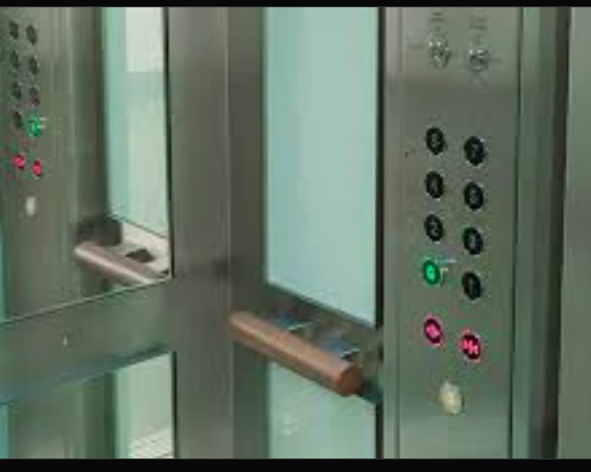Avoid lifts, use stairs
24-Sep-2023Make sure before any exercise, you check for shortness of breath, chest pain and knee aches

Consult doctor if you have any discomfort
Even if you don't have the time to intentionally go for a walk every day, making movement a priority in your busy life can reduce the risk of cholesterol and high blood pressure.
One of the ways to do so is by opting for stairs and avoiding using lifts. Cardiologists believe that using the stairs has many benefits and also tests how healthy your heart is.
Climbing up the staircase is an excellent cardiac exercise as it has a sustained calorie-burn benefit. This cardiac exercise has proven benefits for your bones and increases muscle strength. Because you're climbing up the stairs, the calorie burn in the body is sustained.
However, before any exercise, check for shortness of breath, chest pain and knee aches. In such cases, you need to consult a doctor immediately.
Benefits of using the stairs on the heart
When you use the stairs instead of an elevator or lift, there is an increased demand for oxygen and energy in the circulatory system. Here's what happens in the heart when you climb stairs:
Increased Heart Rate: As you start climbing the stairs, your muscles require more oxygen to work efficiently. To meet this demand, your heart rate increases. The heart pumps blood more rapidly, which delivers oxygen and nutrients to the working muscles.
Stronger Contractions: The heart's muscular walls contract more forcefully to push a greater volume of blood with each beat. This increased force helps maintain adequate blood flow to the body's tissues, including the leg muscles you're using on the stairs.
Wider Blood Vessels: The body responds to the increased demand for blood flow by dilating (widening) the blood vessels. This process, known as vasodilation, reduces resistance to blood flow, making it easier for blood to circulate and reach the muscles.
Increased Cardiac Output: Cardiac output is the amount of blood the heart pumps per minute. When you climb stairs, your heart increases its cardiac output to ensure that enough oxygen-rich blood reaches the muscles and organs that need it.
Improved Oxygen Delivery: Your lungs work harder to extract oxygen from the air and transfer it into your bloodstream. This oxygen-rich blood is then pumped by the heart to the muscles, where it's used to produce energy for physical activity.







